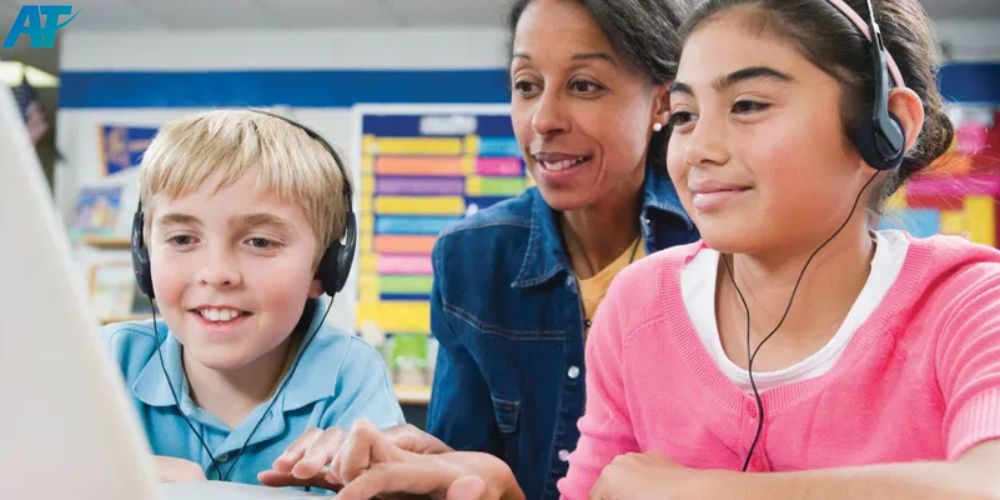In the world of modern education, teachers and professors are constantly seeking innovative ways to streamline their workflows and enhance communication with their students. One of the most groundbreaking tools for achieving this is speech to text technology. This technology allows educators to convert their spoken words into written text quickly and accurately. In this article, AT Technology and Consultancy Joint Stock Company (ATTECHSOFT) will explore the speech to text software for teachers and professors, its benefits, key features, applications, and how it can be a game-changer in the classroom.
The impact of speech recognition software
Speech-to-text technology has revolutionized the way educators manage their tasks. By reducing the need for manual typing, it allows teachers to focus on their core responsibilities: delivering quality education and engaging with students. Beyond efficiency, this software also promotes inclusivity by enabling educators with physical limitations to perform their duties seamlessly. Moreover, its ability to quickly generate transcripts or notes makes it invaluable for documenting lectures, meetings, or brainstorming sessions. These capabilities contribute to a more dynamic and adaptive learning environment.

Practical uses of speech to text system
Speech-to-text software offers numerous practical applications in education. Professors can use the software to transcribe their lectures, creating detailed notes for students to review later. This is especially useful for students who might struggle to keep up during class. Teachers can dictate lesson plans, assignments, or study guides, significantly reducing the time spent on typing. By speaking feedback instead of typing, educators can provide more detailed and personalized responses to students’ work. Professors attending academic conferences or department meetings can use speech-to-text tools to record and transcribe discussions, ensuring no valuable information is missed. For language teachers, this technology can aid in evaluating pronunciation and fluency by converting spoken words into text for analysis.

Choosing the right voice to text technology
Selecting the right speech-to-text software depends on several factors. First, consider the accuracy of the software in recognizing different accents and dialects. Tools like Google Docs Voice Typing are popular for their precision and user-friendly interfaces. Compatibility with various devices and operating systems is another critical aspect, as educators often switch between desktops, laptops, and mobile devices. Additionally, assess the software’s integration with other educational tools, such as learning management systems (LMS), to ensure seamless functionality. Lastly, prioritize security and data privacy to protect sensitive educational content.

Discover more valuable content here: Voice to text software
Conclusion
The rise of speech to text software for teachers and professors has transformed the educational landscape by enabling educators to improve productivity, streamline administrative tasks, and enhance communication with students. By providing a time-saving solution to common challenges like note-taking, feedback delivery, and content creation, this technology helps teachers focus more on teaching and less on clerical work.
Contact us to arrange a demonstration:
Email: sales@attechsoft.com
Website: https://attechsoft.com/
